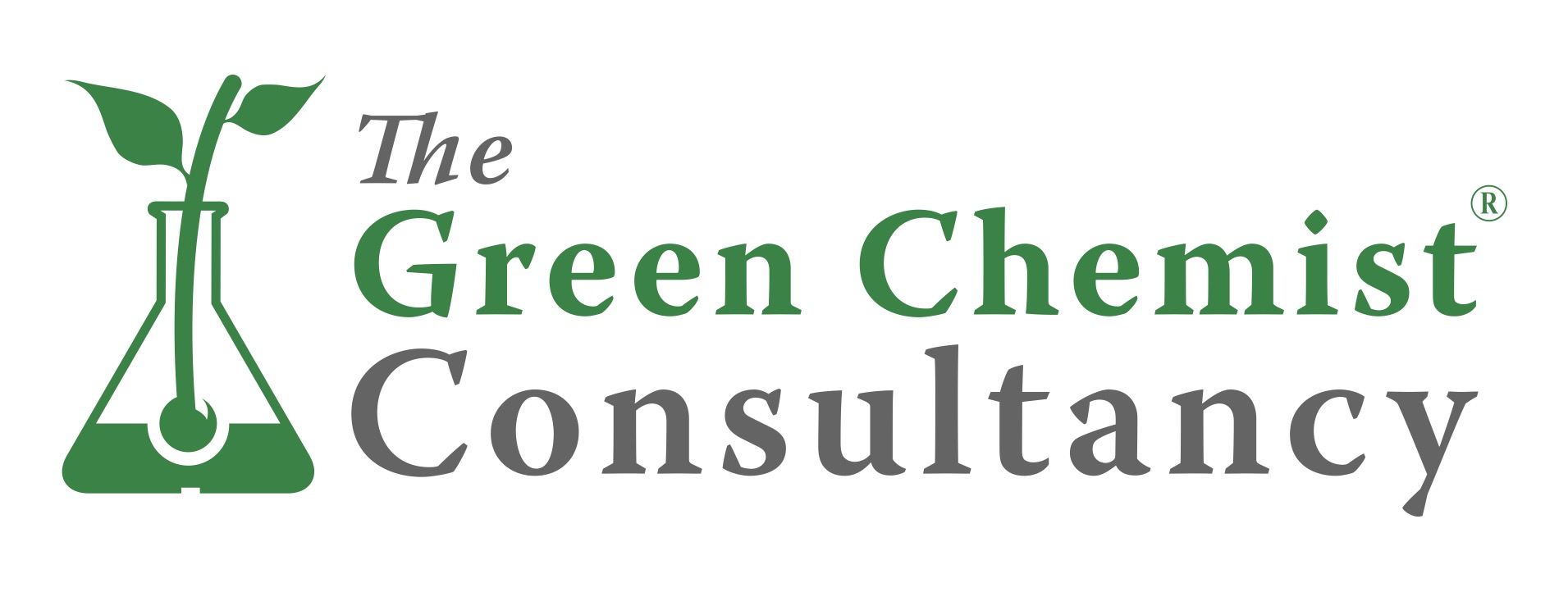
What is natural in the twenty first century? To me this is the key question the cosmetic industry faces today. “Natural” is very much a magic word for the general public, a green label that inspires trust and safety. However technology has evolved dramatically, affecting the way we live and our standards of living as well as nature and our relationship with it. Naturally derived ingredients are not as simple as lemon juice, but the result of sophisticated chemical or physical processes, where the original plant material is taken, extracted, transformed, rearranged and modified at a molecular level. And this is where the big dilemma lies, how many steps can you have, and what type, before an ingredient can still be called “natural”?
Here I would like to list the different shades of green I see today in a very simplified way, to define them and distinguish them from a scientific and “green” point of view. The intent is to gain clarity and a new definition for natural cosmetics and ingredients suitable for the twenty first century. The alternative is to put up with greenwash, or fake naturals that are not suistainable like the real thing. What is the real thing? to answer that we need to look at what it is made of:
Natural ingredients obtained from plants via physical means with no structural molecular change NATURAL
In this realm we find the classic vegetable oils and essential oils, or herbal tinctures, everybody agrees with. They can be seen as the equivalent of lemon juice.
Natural ingredients obtained from plant mterial via a simple chemical modification NATURAL DERIVED
Many emulsifiers fall under this category, obtained via transesterification of vegetable oils. Natural molecules are broken and rearranged to form a new molecule with new properties. This is a basic chemical modification
“Natural” ingredients obtained from plant material and petrochemicals HYBRIDS
Natural molecules are broken down and reacted with petrochemicals to form new hybrid molecules, partly of vegetable origin, part of petrochemical origin. Here are some examples:
-hydrogenated vegetable oils where hydrogen is added
-PEGs (polyethyleneglycol) and -th where ethylene glycol is added
-modified cellulose ( for example carboxymethyl cellulose or hydroxyethylcellulose) where synthetic functional groups are added to the cellulose chain
-cocoamidopropyl betaine where dimethylpropylamine is added
NATURE IDENTICALS from petrochemical sources
Sodium benzoate and potassium sorbate are naturally present in fruit, however the ones use din cosmetics are derived from petrochemical sources to make them more cost effective.
Petrochemicals from natural sources via biofermentation
This is a modern day conandrum. Via modern biotechnology today it is possible to make propylene glycol from corn, ie propanediol. It is from renewable sources and in some ways sustainable, however is it correct to call it natural? or what category should we create for it?
Please feel free to comment and to add your shade of green to the list above..
If you wish to know more have a look at other articles on
Forth shades of green cosmetics


